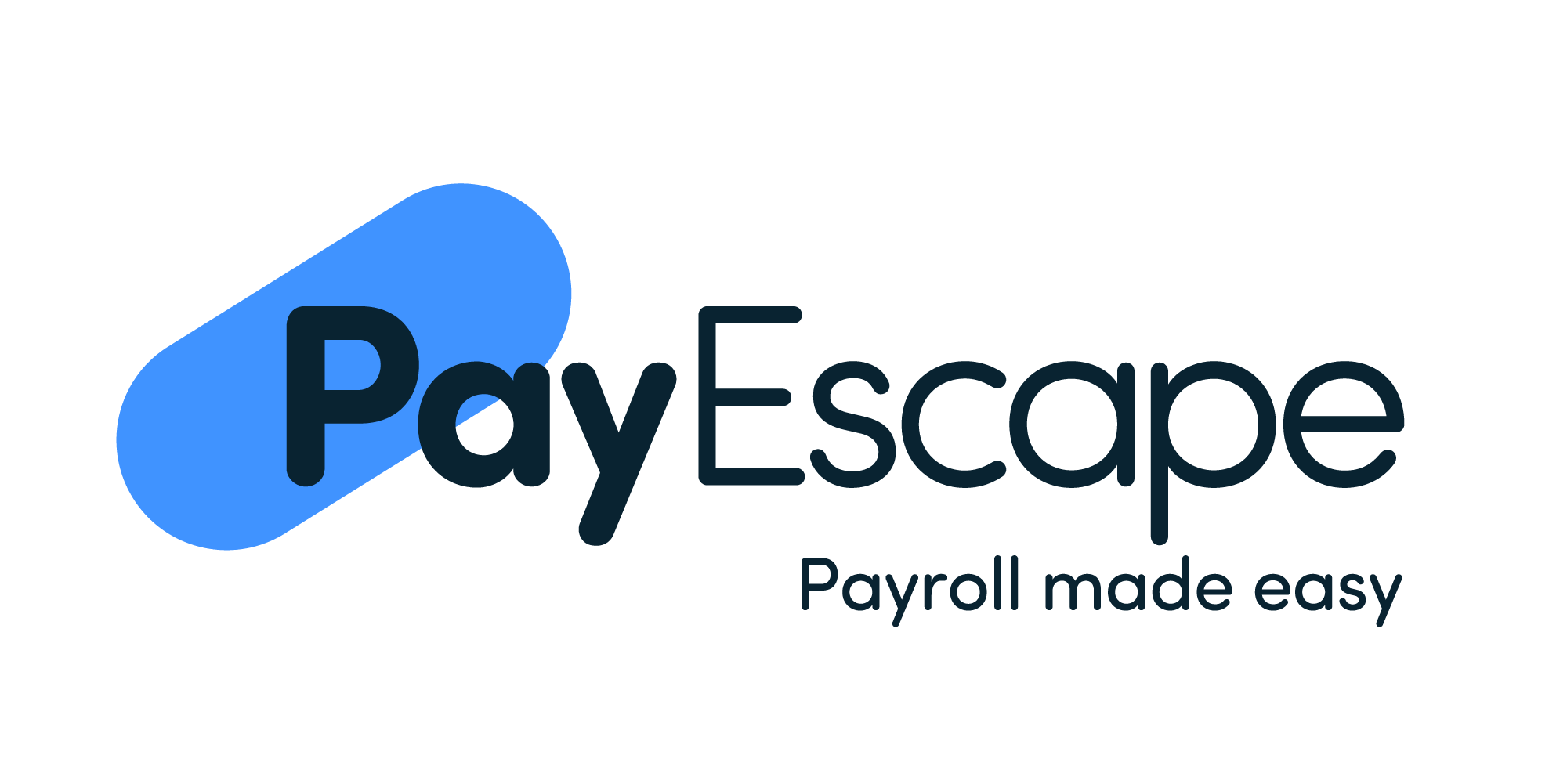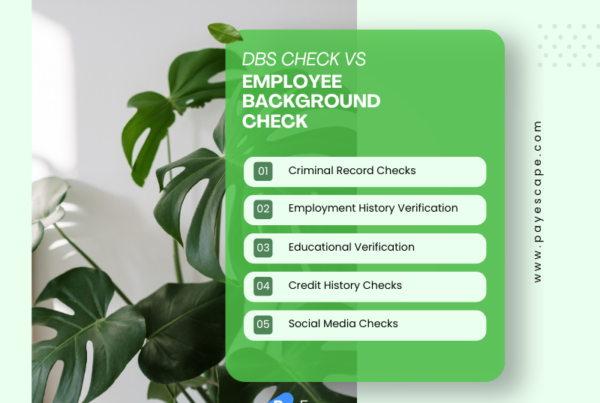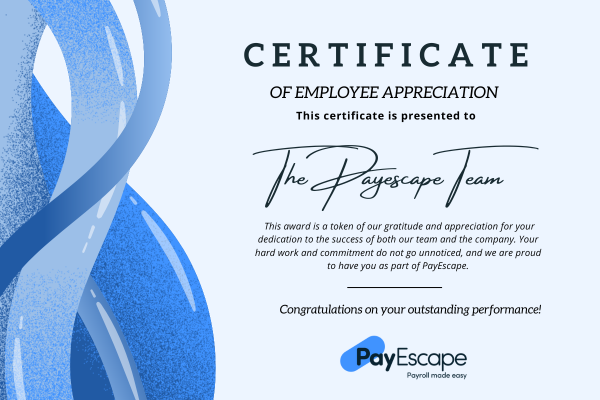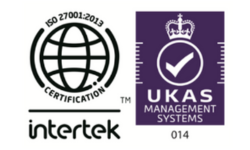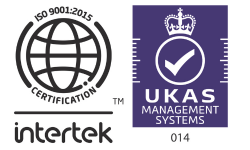Understanding and measuring employee success is pivotal for both the wellbeing of your workforce and the growth of your company. Employee success is not just about meeting targets but also encompasses overall productivity, engagement, and job satisfaction.
Why is monitoring employee success important?
Monitoring employee success is crucial for several reasons:
Employee Wellbeing
Regular performance assessments help identify any issues that may affect an employee’s mental and physical health, allowing for timely interventions.
Mental Health: Identifying stressors and providing support can prevent burnout and improve job satisfaction.
Physical Health:Ensuring ergonomic work conditions and offering wellness programs can reduce health-related absenteeism.
Employee Growth and Development
Tracking performance enables the identification of skill gaps and areas for development, which can be addressed through targeted training programs.Skill
Enhancement: Continuous learning and development opportunities keep employees’ skills up-to-date and relevant.
Career Progression: Clear performance metrics can help employees understand their career path within the company.
Business Growth
Employees who perform well and are satisfied with their work contribute more effectively to the company’s success, driving productivity and innovation.
Increased Employee Productivity
High-performing employees complete tasks efficiently, contributing to overall business performance.
Innovation: Engaged employees are more likely to contribute innovative ideas that can lead to business growth.
Employee Retention
By recognising and rewarding high performance, companies can improve employee retention and reduce turnover costs.
Employee Loyalty: Recognised and appreciated employees are more likely to stay with the company.
Cost Savings: Reduced turnover means lower recruitment and training costs.
Customer Satisfaction
Happy and productive employees provide better service, enhancing customer satisfaction and loyalty.
Quality Service
Employees who feel valued are more likely to provide exceptional customer service.
Loyal Customers: Consistent, high-quality service leads to customer retention and positive word-of-mouth.
How to track employee performance?
Employee performance refers to how effectively, efficiently, and productively an individual fulfils their job responsibilities and contributes to the organisation’s goals. It includes both quantitative metrics (such as sales numbers, project completion rates) and qualitative factors (such as teamwork, problem-solving abilities, and adaptability).
Ways to measure employee performance
Set measurable OKRs and individual goals
OKRs (Objectives and Key Results) are a powerful tool for setting clear, measurable goals that align with the company’s objectives. By breaking down big objectives into smaller, actionable steps, employees can stay focused and motivated. Define the objective (e.g., increase sales), then identify 3-5 key results that will indicate progress (e.g., generate 50 new leads per month, close 10 new deals, increase customer retention rate by 5%).
Example: Instead of a vague goal like “improve sales,” set a specific OKR such as “increase monthly sales by 10% through targeted marketing campaigns.”
Benchmark performance with sprints
Try the sprint methodology within your business. This approach, borrowed from Agile project management, involves setting short, time-bound goals (typically 1-2 weeks). This helps employees stay focused and motivated by creating a sense of urgency and accomplishment. At the beginning of the sprint, set clear goals for what needs to be accomplished. At the end of each sprint, teams review their performance, discuss what worked and what didn’t, and make improvements for the next sprint.
Benefits: Improved time management, increased productivity, and enhanced team collaboration.
Implement project or task management tools
Project management tools like Asana, Trello, Monday for example can help teams manage their workloads more effectively. These tools allow for real-time updates, status tracking, and better communication among team members.
Benefits: Managing remote teams, coordinating complex projects, and ensuring accountability.Increased transparency, better time management, and reduced risk of missed deadlines.
Track training completion
Ongoing training and development are crucial for employee growth. Tracking the completion of training programs helps ensure that employees are continuously developing their skills and keeping up with industry changes. Use a Learning Management System (LMS) to assign, track, and report on training programs. Monitor participation rates and completion times.
Benefits: Enhanced skills, better job performance, and higher employee engagement.
Conduct a skills gap analysis
This process identifies areas where employees may need additional training or development. This helps ensure that the workforce has the necessary skills to meet the company’s objectives. Conduct assessments to evaluate current skills, compare them with required skills, and identify gaps. Use this information to create targeted development plans.
Benefits: Better alignment of employee skills with company needs, more effective training programs, and improved overall performance.
How to improve employee performance
At PayEscape, we understand that enhancing employee performance is crucial for organisational success. Below are some great ways to improve your team’s morale:
Regular feedback
Providing regular, constructive feedback is key to helping employees understand their strengths and areas for improvement. This approach not only promotes continuous improvement but also cultivates higher engagement and leads to better overall performance.
Professional development
We believe in investing in the continuous professional growth of employees. PayEscape offers access to a range of professional development opportunities, including training programs and arranging company workshops. By keeping skills up-to-date and relevant, employees can improve on their performance, contributing positively to business objectives and experiencing higher job satisfaction.
Recognition and rewards
Recognising and rewarding high performance is integral to boosting employee morale and motivation. PayEscape supports organisations in implementing formal recognition programs, bonuses, promotions, and informal acknowledgments. These efforts are designed to foster a culture of appreciation, resulting in increased employee engagement, loyalty, and retention.
Employee wellbeing programs
Wellness programs can significantly improve employees’ health by encouraging regular physical activity, healthy eating, and stress management.
At PayEscape we empower businesses to create a conducive environment where employees can excel, driving both individual and organisational success. Partner with PayEscape today to elevate your workforce performance and achieve your business goals seamlessly.
How to evaluate employee performance
To measure employee performance outcome, consider using a combination of various metrics to gain understanding of their contributions and areas for improvement. These metrics can be broadly categorised into outcome, quality, efficiency, output, and input metrics:
Outcome metrics
Outcome metrics measure the results of an employee’s work. Examples include sales figures, project completion rates, and customer satisfaction scores. These metrics provide a clear indication of the impact of an employee’s work on the company’s goals, highlighting their contributions to overall success.
Quality metrics
Quality metrics assess the quality of an employee’s work. Key examples are error rates, customer feedback, and adherence to standards. These metrics ensure that the work meets required standards and contributes positively to customer satisfaction, emphasising the importance of maintaining high-quality outputs.
Efficiency metrics
Efficiency metrics evaluate how efficiently an employee performs their tasks. This can be measured by the time taken to complete tasks and resource utilisation. Efficiency metrics help identify areas where processes can be improved, meaning saving time and resources and enhancing overall productivity for future new hires.
Output metrics
Output metrics measure the amount of work produced by an employee. Examples include the number of units produced and tasks completed. These metrics provide a quantitative measure of productivity, enabling managers to assess workload and productivity levels effectively.
Input metrics
Input metrics assess the effort and resources an employee puts into their work. This includes hours worked, attendance, and participation in training programs. Input metrics help understand the level of effort and commitment employees invest in their roles, providing insights into their dedication and engagement.
In addition to these metrics, various performance evaluation methods can be used to assess and improve employee performance:
Performance appraisal forms
Performance appraisal forms document an employee’s strengths and weaknesses. These forms should be tailored to specific roles and include both quantitative and qualitative measures. Performance appraisals facilitate structured feedback and performance tracking, helping employees understand their progress and areas needing improvement.
Key performance indicators
Key performance indicators (KPIs) are specific, measurable goals tied to an employee’s role and the company’s objectives. Examples include sales targets, customer satisfaction scores, and project completion rates. KPIs provide clear benchmarks for performance and goal achievement, aligning individual performance with organisational objectives.
Self-evaluations
Self-evaluations involve employees evaluating their own performance. This process typically uses structured questions about performance, goals, and development needs. Self-evaluations provide valuable insights into employees’ perspectives and self-awareness, encouraging personal reflection and growth.
Manager evaluations
Manager evaluations are regular performance reviews conducted by managers using objective criteria and providing examples of both positive performance and areas for improvement. These evaluations offer direct feedback and facilitate discussions on progress towards goals, ensuring continuous development and alignment with organisational expectations.
We can help manage your HR
Measuring and enhancing employee performance is essential for the success of both employees and the organisation. At PayEscape, we are dedicated to helping businesses achieve their goals through our cloud-based HR software and HR consultancy services.
With flexible contracts, ISO 27001 certification, and world-class support, we provide the tools and expertise you need to succeed. Contact us today to learn more about how we can support your payroll, HR, and time management needs.
